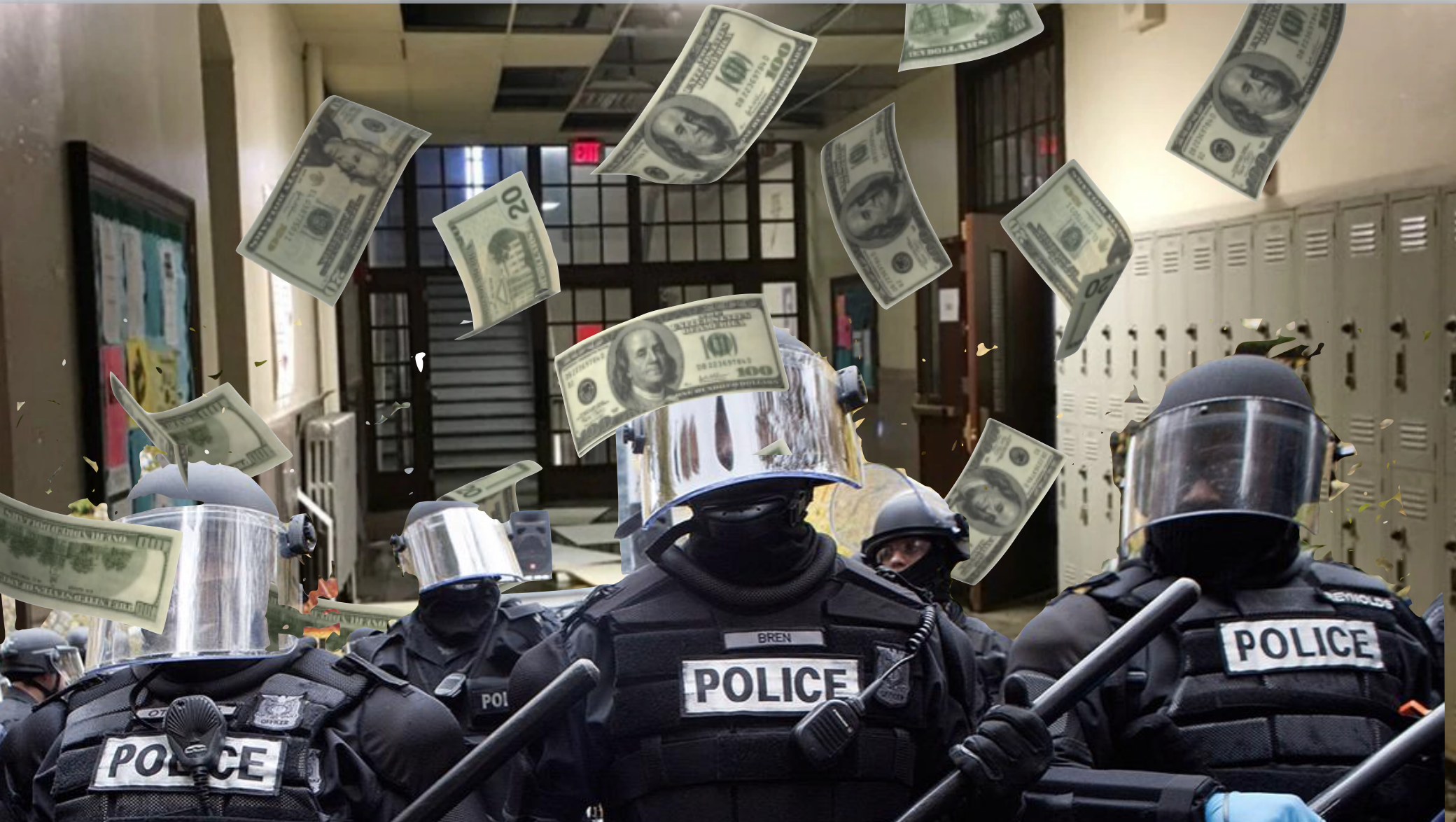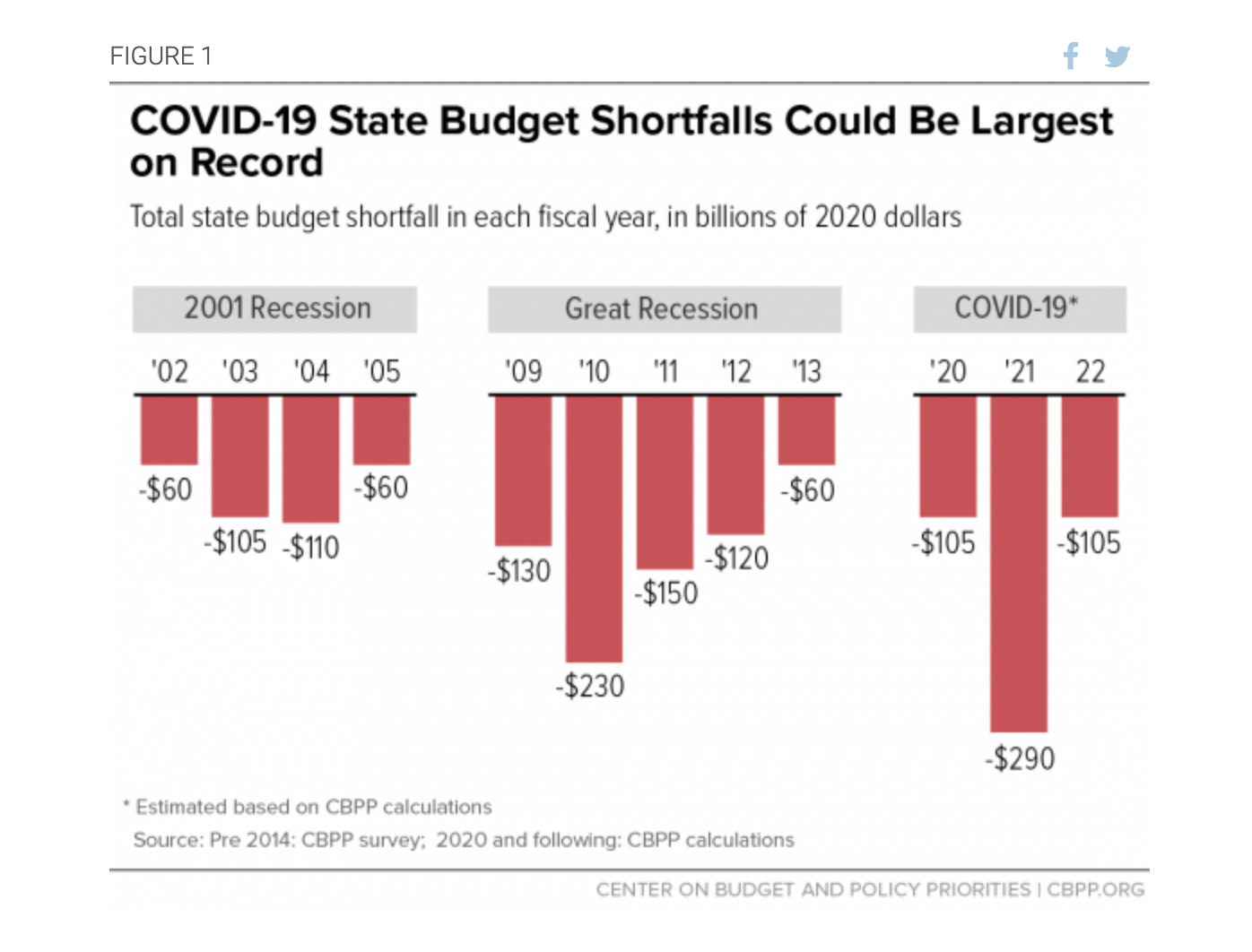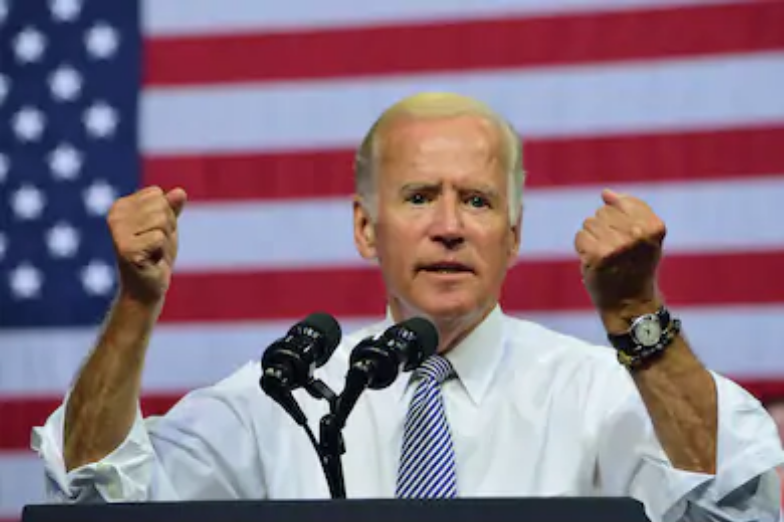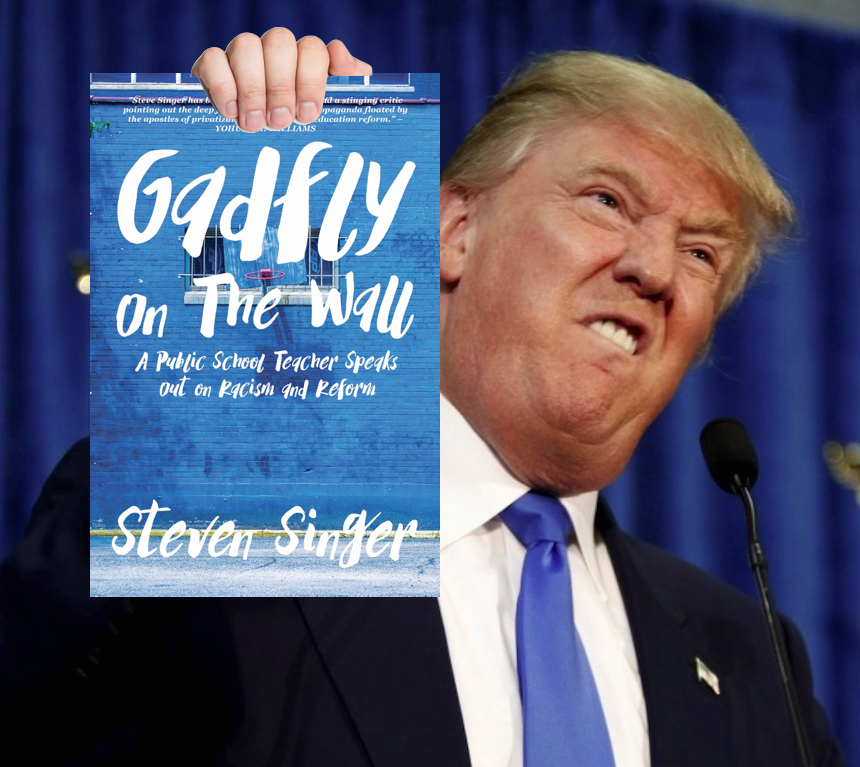
Standardized tests are one of America’s most racist institutions.
Year after year, decade after decade, the poor and people of color get fewer school resources, larger class sizes, narrowed curriculum and lower acceptance to colleges.
And all this simply because they tend to score lower on these types of assessments than richer, whiter people.
That’s no accident.
Yet, as defenders of standardized testing (and racist practices in general) love to point out, not all minorities consistently fail these tests.
In particular, Asian-Americans – taken as a whole – score better than white Americans.
So the tests are totally fair, right? Case closed?
Wrong.
Asian-Americans, who make up roughly 5 percent of public school enrollment nationally, are just as much victimized by standardized testing as any other minority. The only difference is their success is held up as an excuse for upholding this deeply inequitable practice.
It’s kind of like if two people were pitted against each other in a race, and one had to run a mile, and the other had to run 1.5 miles – and the second person actually won. Would that make the race fair?
No. Not at all. But the organizers point to the result as proof that running that extra distance in the same amount of time was nondiscriminatory. So stop complaining!
Weighted practices like these have impacts that go far beyond numbers on a page.
Take the SAT. Asian-American students typically score higher than other students on America’s most popular college gatekeeper as they do on other standardized tests. For instance, among high school students who graduated in 2020, Asian students scored an average of 632 on the SAT math section, compared with 547 for white students. The average math score overall was 523 (out of 800).
What does this really mean?
ASIAN AMERICANS ARE NOT A MONOLITH
First of all, when we talk about Asian-American students doing well on standardized tests, we’re generalizing. We don’t mean all Asians – only a certain percentage of certain kinds of these people. After all, Asia is a pretty big continent.
According to the US Census Bureau, there are roughly 23 million Americans of Asian descent, and the largest subgroups are people of Chinese and Indian ancestry with populations of approximately 5 million each. Next comes people of Filipino (4.2 million), Vietnamese (2.2 million), Korean (1.9 million) and Japanese descent (1.5 million).
But those are just the biggest subgroups. When you add in all Asian-Americans including Pacific Islanders, you get more than 50 different ethnic groups with varying languages, immigration histories and educational experiences.
Any generalization about such a diverse group will leave out important details, including test scores.
ALL ASIANS DON’T GET HIGH TEST SCORES
For example, high test achievement is not something attained universally by all people who can trace their parentage through that part of the world. It’s actually much more common for East Asians than others. In particular, we’re talking about people of Chinese, Korean and similar heritages.
If you know anything about those countries, it’s easy to understand why this is so. Historically, these areas have had their own kinds of standardized exams for centuries.
In these countries, college admission often is decided on a single high-stakes test – the gaokao in China or the suneung in South Korea. People whose cultures trace back to these parts of the world are used to engaging in intense test prep as a regular feature of teenage life. So many Asian immigrant parents with ties to these countries often see the SAT or ACT as the equivalent of Asia’s admissions tests and thus engage in test prep as a matter of course, regardless of cost or effort.
This goes far in explaining why Chinese- and Korean-Americans have the highest rate of participation in SAT/ACT test prep – even more than people from other Asian ethnicities.
In one study, more than half of Korean-Americans and 42 percent of Chinese-Americans took an SAT prep course before college compared to 35.6 percent of white students, 32.4 percent of Hispanic students and 40.4 percent of black students. This is true regardless of household income. Affluent Asian Americans were more likely to take test prep, but 46.7 percent of low-income Korean-Americans still took a prep course.
Test prep is a double edged sword. The companies providing such services claim to increase test scores hundreds of points, but average gains are more often in the range of 10-30 points.
East Asian-Americans show statistically significant gains from test prep much more often than others. This is partially due to having better access to adequately funded K-12 schools than other minority groups. They are less likely to attend racially segregated, poorly resourced schools, unlike their Black and Hispanic peers. Even Asians from lower socio-economic backgrounds tend to get more out of test prep than others because they are more likely to attend well-resourced schools than their counterparts in the same socio-economic bracket.

And let’s not forget that test prep companies target Asian-American communities. You’ll find them in urban centers like Koreatown in Los Angeles or heavily Asian suburbs such as the San Gabriel Valley. Advertising material for these services are often in multiple languages or displayed in Asian-language newspapers and ethnic media.
Most of New York City’s 411 prep centers are based in Queens and Brooklyn, “with over a quarter of them… most notably in the boroughs’ Asian enclaves of Flushing and Sunset Park in Brooklyn,” The New York Times reported.
“On the opposite coast, 861 such tutoring centers exist in California’s Orange, Santa Clara and Los Angeles counties, all heavy with Asian-American families,” the article states.
So it’s no wonder why certain Asian-American communities – especially East Asian communities – tend to favor test prep and achieve high standardized test scores.
ASIANS ARE HELD TO UNFAIR STANDARDS
But let us not forget that East Asians are not ALL ASIANS. If you’re unlucky enough to be from other parts of that massive continent or the island chains of the Pacific, the US will still paint you with the same broad brush.
All Asian-Americans – whether of East Asian descent or not – are held to a higher standard in things like college admissions where overachievement is considered the norm and little else is tolerated.
A National Study of College Experience led by Espenshade and Radford (2009) showed that a student who self-identifies as Asian will need 140 SAT points higher than whites, 320 SAT points higher than Hispanics, and 450 SAT points higher than African Americans.
This is unfair to East Asians because it expects them to jump through more hoops than white people or other ethnic groups just to be accepted, but it is even worse for other Asian subgroups.
A 2022 study of the nine-campus University of California – the state with the country’s largest Asian-American population – concluded that Filipino, Thai, Native Hawaiian/Pacific Islander and Laotian students were admitted at below-average rates and that many ethnicities including Samoans and Chamorros, were underrepresented in the system.
Why? They had lower test scores than admissions officials expected.
Such an emphasis on standardized testing is not healthy for students of any nationality. The College Board makes millions of dollars every year with assessments like the SAT and ACT holding the scores up as proof that certain students have what it takes to excel in college or universities.
However, standardized tests do not assess things like critical thinking or even consistent academic effort. As such, those admitted mostly because of standardized achievement have a tendency to fizzle out in certain fields that require more creativity or originality to succeed.
This is a rarely mentioned side effect of Asian-American’s standardized testing overachievement. And it may help to explain why – despite scoring well on standardized tests – Asians don’t complete college as often as students from other ethnicities.
According to an analysis of the 23-campus California State University System, all Asian subgroups were less likely than whites to complete their degrees in four years. There were roughly 78,000 Asians attending the university system in 2016, yet their four-year completion rate was 3% below that of all students. Only a few subgroups – Japanese and Asian Indians – had four-year completion rates that exceeded the average.
If test scores and admissions were all it took to achieve post secondary success, you’d expect college completion to be shared by Asian-Americans across the board.
In reality, college attainment varies significantly within the Asian community. While more than half of Japanese and Korean Americans (and nearly 3/4 of Asian Indian Americans) age 24 or older had a bachelor’s degree or higher in 2019, the same was true for less than 1/5 of their Laotian, Hmong and Cambodian counterparts.
CONCLUSIONS
Therefore, it is highly suspect when standardized testing apologists point to Asian-American test scores as proof the system is fair and balanced.
First of all, it conflates the achievements of mostly East Asians with all Americans of eastern heritage. Second, it demands more of one minority group to be accepted as equal to a white majority.
If standardized assessments were fair tests of academic achievement or ability, there would be no need for such contrivances. If they really showed who would de best in colleges or universities, that would be borne out in graduation rates.
Instead, a closer look at the data shows just how unfairly discriminatory these tests and this system is. Standardized tests of this sort were invented in America as a way to privilege white Europeans from other ethnic groups, and even after a century of revisions, they still function the same way.
Standardized testing should be abolished in favor of more accurate assessments of learning such as classroom grades. Teachers should be unshackled from the need to cater to the testing companies and allowed to emphasize critical thinking, originality and creativity in the classroom.
After all, these are the skills necessary for the jobs of the future – as well as for students to self actualize into the adults they want to be.
In any case, the standardized testing industry can no longer hide behind the myth of the Asian-American model minority to justify their shady business practices.
Like this post? You might want to consider becoming a Patreon subscriber. This helps me continue to keep the blog going and get on with this difficult and challenging work.
Plus you get subscriber only extras!
Just CLICK HERE.

I’ve also written a book, “Gadfly on the Wall: A Public School Teacher Speaks Out on Racism and Reform,” now available from Garn Press. Ten percent of the proceeds go to the Badass Teachers Association. Check it out!






























